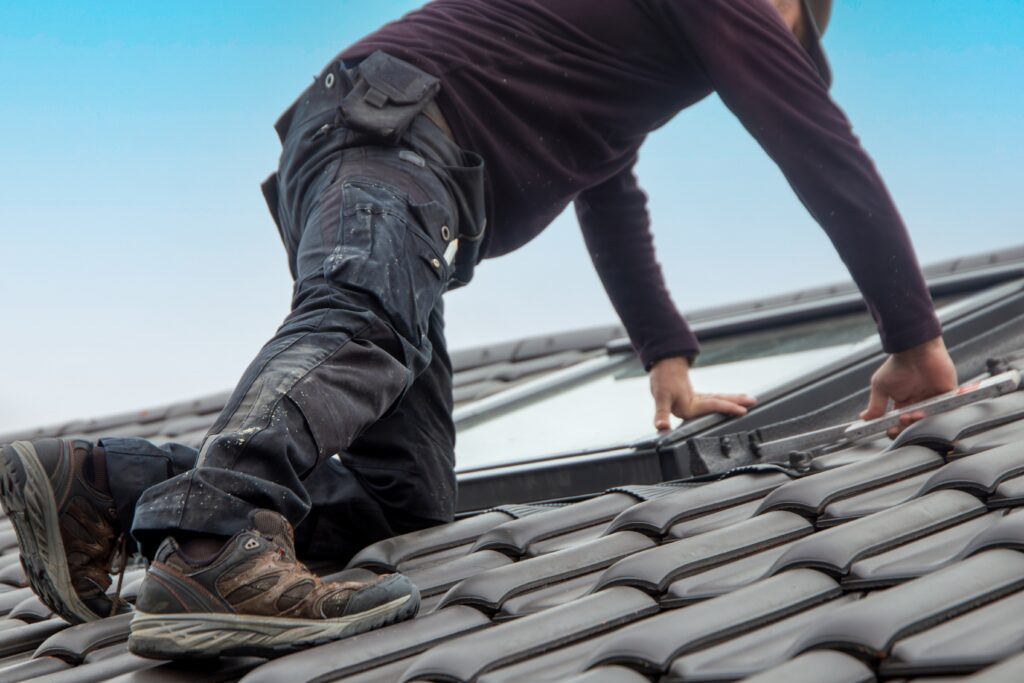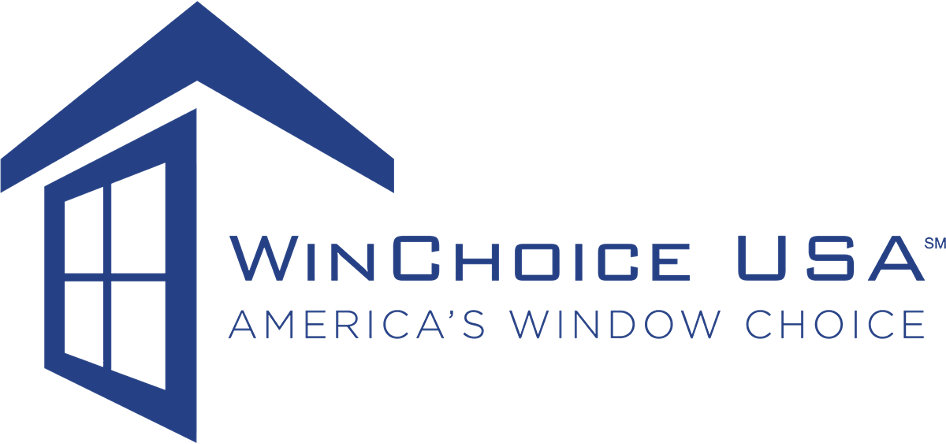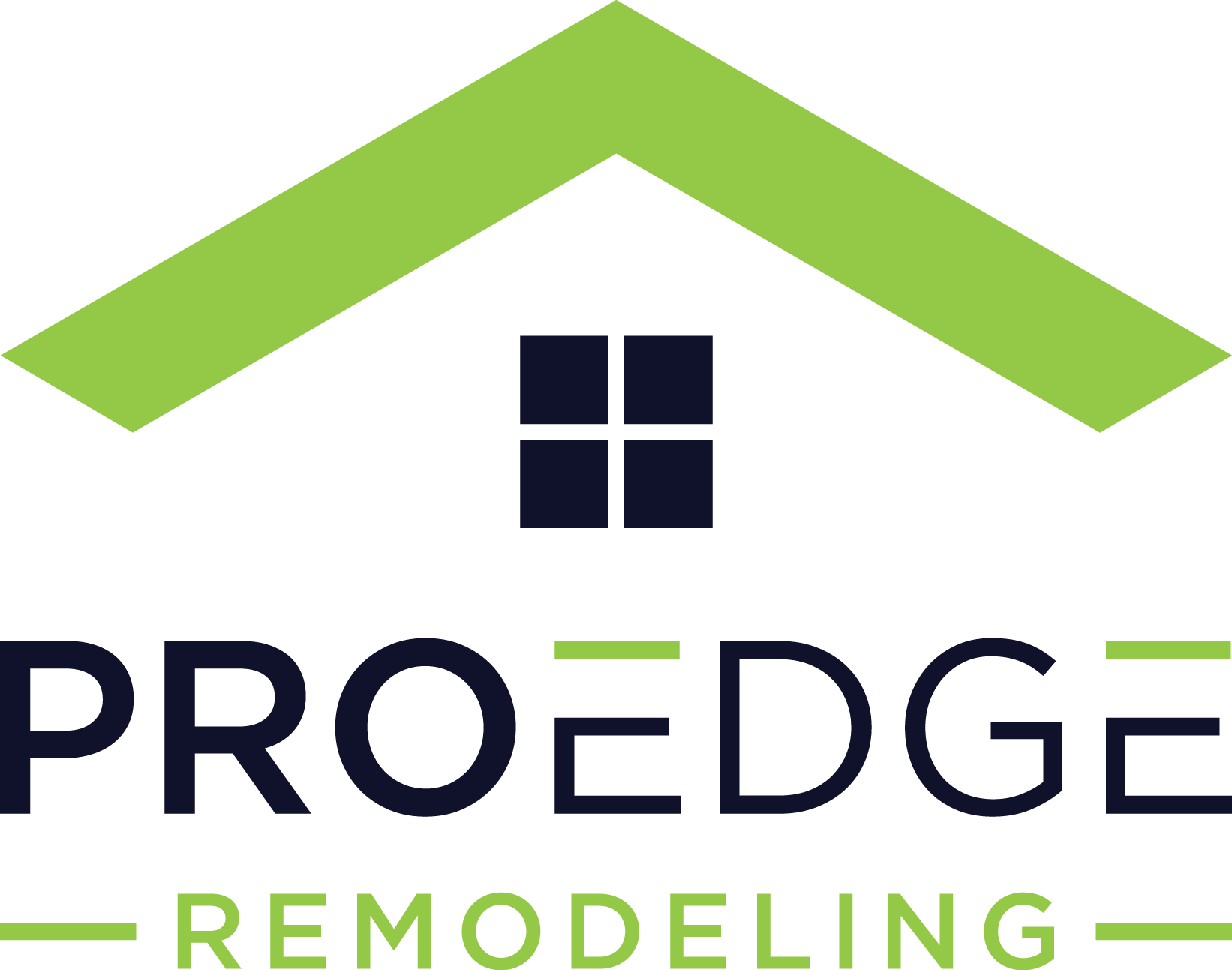Homeowner’s Guide to Skylight Installation

*Updated August 13th, 2025
From enhancing natural light to cutting down energy costs, skylights offer a range of practical and aFrom enhancing natural light to reducing energy costs, skylights offer a blend of aesthetic and practical benefits. Homes equipped with skylights can reduce energy consumption by up to 30%, thanks to the additional daylight and warmth they provide.
Natural light has also been linked to better mood and productivity, making a skylight ideal for home offices or living spaces. Before installing a skylight, it’s important to understand the types of skylights available, select the right one for your home, and know what the installation process entails.
Table of Contents
- Types of Skylights
- Choosing the Right Skylight for Your Home
- Skylight Installation Process Overview
- Common Skylight Installation Mistakes to Avoid
- Maintenance and Care Tips
- Skylight Installation Costs and ROI
Types of Skylights
Skylights come in a variety of types, each designed for specific purposes like adding more natural light, ventilation, or energy efficiency. Knowing your options helps you pick the right skylight for your roof and home needs.
Fixed Skylights
Fixed skylights are non-operable and primarily bring natural light indoors. They are often installed in areas where ventilation isn’t required but light is needed.
Benefits:
- Maximizes natural light to your home
- Provides energy savings by reducing artificial lighting
- Sealed design prevents moisture buildup
Ideal Locations:
- Living rooms
- Hallways and stairwells
- Bathrooms
Venting Skylights
Venting skylights, also called skylights that open and close, provide both light and airflow. They can be manually or electronically opened, and some feature rain sensors.
Benefits:
- Reduces humidity in kitchens and bathrooms
- Enhances indoor air quality
- Can help cool your home naturally
Best Locations:
- Kitchens
- Bathrooms
- Bedrooms
Tubular Skylights
Tubular skylights are compact and ideal for tight spaces. They use reflective tubes to channel sunlight from the roof into small rooms.
Benefits:
- Energy-efficient
- Easy to install compared to other skylights
- Perfect for spaces with limited roof access
Best Locations:
- Hallways
- Closets
- Small bathrooms
Choosing the Right Skylight for Your Home
When selecting a new skylight, consider material, size, placement, and energy efficiency. Choosing the wrong skylight can lead to overheating, leaks, or inefficiency.
Material Considerations:
- Glass Skylights: Durable, scratch-resistant, better insulation, ideal for cold climates
- Acrylic or Polycarbonate Skylights: Lightweight, cost-effective, flexible, but less durable
Size and Placement:
- Size: 5–15% of the room’s floor area, depending on lighting needs
- Placement: South-facing provides the most sunlight, while north-facing delivers consistent soft light
Climate and Energy Efficiency:
- Low-E glass or UV-blocking coatings reduce energy costs
- Double or triple glazing for colder climates prevents heat loss
- ENERGY STAR-rated Velux skylights offer energy savings and potential rebates
Skylight Installation Process
Skylight installation is a detailed process that requires careful planning to avoid leaks or roof damage. Homeowners can attempt DIY installation, but hiring a professional installer is often safer.
DIY vs. Professional Installation
- DIY Installation: Cost-saving but requires advanced carpentry and roofing skills. Common errors include poor flashing, incorrect measurements, and improper sealing.
- Professional Installation: Ensures compliance with local building codes, proper flashing, and a skylight leak-free setup.
Preparation and Planning
- Location Selection: Choose a spot on the roof with minimal obstructions and optimal sunlight
- Check Building Codes: Confirm permits or regulations for skylight installation
Step-by-Step Process
- Mark the Roof: Identify placement and draw a chalk line
- Cut the Opening: Use a circular saw to cut through the roof and ceiling
- Place the Skylight: Position the skylight in the opening
- Seal and Flash: Use a flashing kit to prevent leaks
- Waterproofing: Apply sealant or roofing tar around the skylight
Common Skylight Installation Mistakes
- Incorrect measurements
- Poor sealing around edges
- Inadequate structural support
- Ignoring local building codes
Maintenance and Care Tips
- Cleaning: Use mild cleaners for glass; avoid abrasive cleaners for acrylic
- Inspection: Check for cracks, sealant damage, and leaks
- Seasonal Considerations: Condensation in winter; UV protection in summer
Skylight Installation Costs and ROI
Cost to install a skylight varies by type, size, and complexity.
Cost Breakdown:
- Fixed Skylights: $200–$600 (unit), $400–$1,300 (installation)
- Ventilated Skylights: $500–$1,200 (unit), $500–$1,500 (installation)
- Tubular Skylights: $150–$400 (unit), $200–$700 (installation)
Factors Affecting Prices: Roof type, accessibility, energy efficiency features
ROI: Skylights can improve energy efficiency, increase home value, and reduce heating/cooling costs, with up to 70% return on installation costs.
Conclusion
Skylights offer a practical and stylish way to bring natural light into your home. Proper selection, installation, and maintenance ensure long-term benefits. Whether adding a Velux skylight, a curb-mounted skylight, or a deck-mounted skylight, careful planning is key.
Consult with a professional installer to explore your options and get a personalized estimate.
FAQs
Can I install skylights myself?
Yes, DIY installation is possible but challenging. Many homeowners prefer professional help to ensure a skylight leak-free setup.
What is the most common skylight problem?
Leaks, often from improper installation or poor sealing.
What angle should a skylight be?
5–15 degrees more than your home’s latitude for optimal light and efficiency.
How long do skylights last?
Most skylights last 20–30 years with proper maintenance.
Sources
Additional Roofing Resources
- Is Your Roof Due for an Upgrade?
- Roofing Installation – Where to Start and What to Consider
- What Should You Have in Your Roofing Contract?

Anna has over six years of experience in the home services and journalism industries and serves as the Content Manager at MyHomePros.com, specializing in making complex home improvement topics like HVAC, roofing, and plumbing accessible to all. With a bachelor’s degree in journalism from Auburn University, she excels in crafting localized, comprehensive guides that cater to homeowners’ unique needs. Living on both coasts of the United States has equipped her with a distinctive perspective, fueling her passion for turning any house into a cherished home through informed, personalized decision-making.
Connect with top-rated local contractors who can help you with siding, roofing, HVAC, windows, and more. Get free quotes from verified professionals in your area today.








